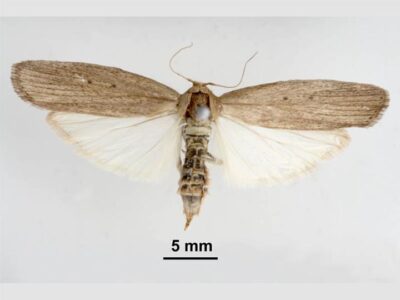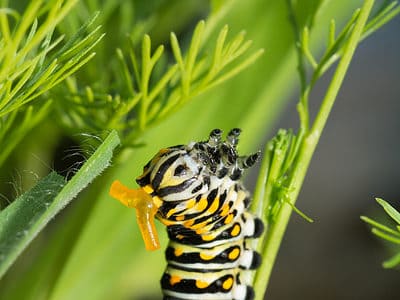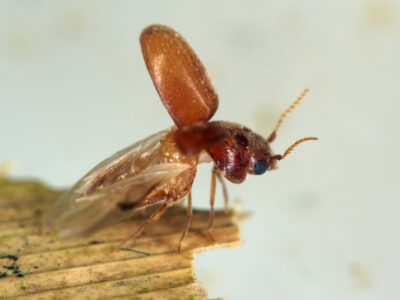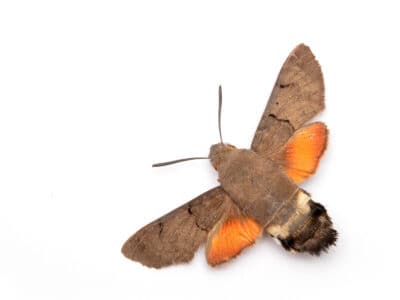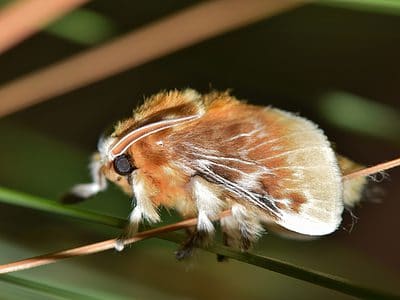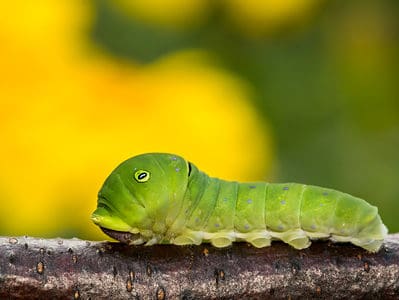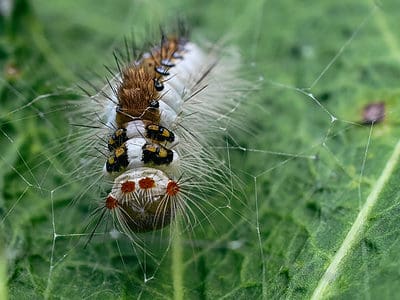
All insects are part of the taxonomical phylum Arthropoda, and they are collectively referred to as arthropods. It is common to see this name misspelled as “anthropod,” but this is not the correct term. They can be found in nearly every environment on the planet, and they currently account for over half of all known living organisms in the world.
They have undergone many cycles of evolution depending on the resources available to them. With over one million described species currently living, and millions more estimated to exist, insects greatly outnumber all other animals.
In general, this classification of creatures is referred to as Insecta. In some cases, the terms “Ectognatha” and “Entomida” may be used instead, but these three labels are synonymous and may be used interchangeably. For simplicity, this guide will always use the classification Insecta.
The name Insecta is derived from the Latin word “insectum,” which means “divided body” or “cut into sections.”
Learn about why insects are classified as animals here.
The Four Major Insect Characteristics Listed
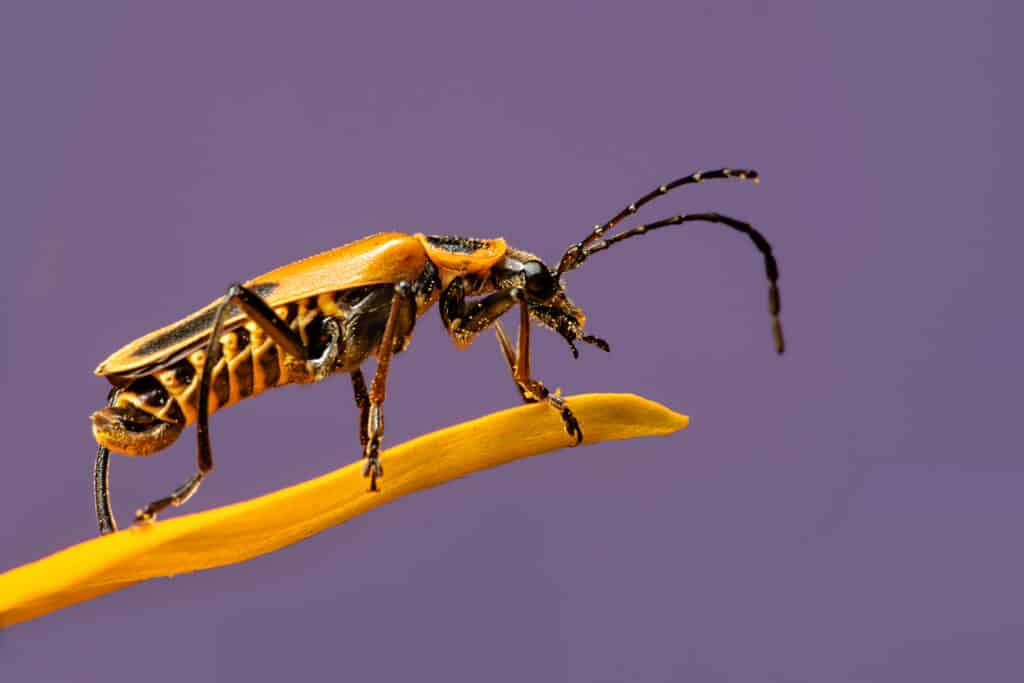
Insects are one of the most diverse groups on the planet
©Muskoka Stock Photos/Shutterstock.com
Insects are one of the most diverse groups on the planet, and their evolution throughout history is astounding. However, in order to be considered a member of the class Insecta, animals must meet a certain number of criteria. In fact, many people are surprised to learn that many of the bugs that are commonly believed to be insects are technically not a part of the Insecta class.
1. Insects have three distinct body segments.
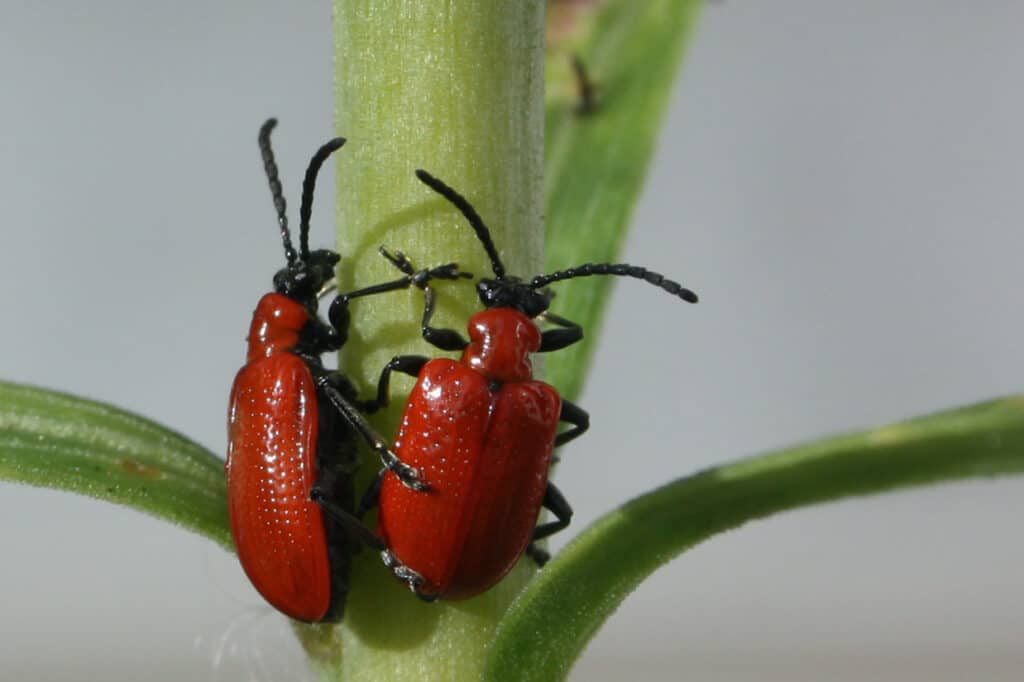
One of the most well-known defining characteristics of insects is the division of their bodies
©Charles J. Sharp / CC BY-SA 3.0 – License
One of the most well-known defining characteristics of insects is the division of their bodies into three sections: head, thorax, and abdomen. The head features a single pair of antennae and a pair of either simple or compound eyes.
This is also where the mouth is located, but the type of mouth is dependent on the type of insect. Mouth variation is one of the main factors used to classify insects.
The thorax is the midsection, and this is where the legs and wings are attached. The abdomen houses the digestive and reproductive organs, and it is also where the stinger is located if the insect has one.
2. Insects have six legs.
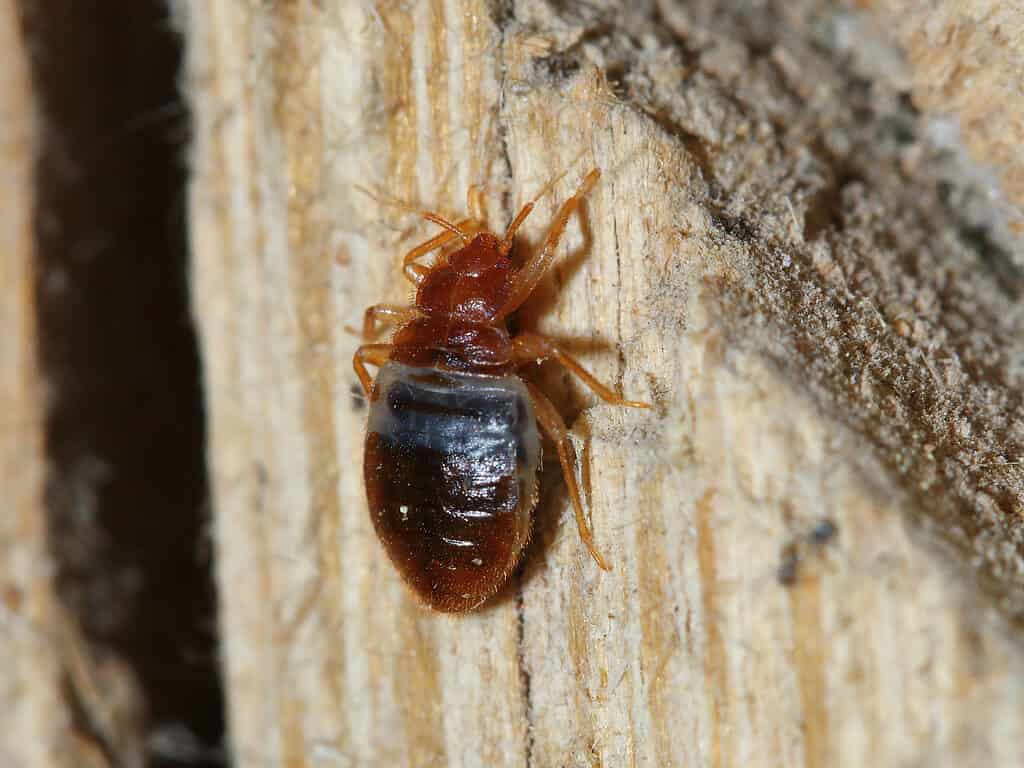
True insects only have six legs.
©iStock.com/Zdenek Macat
Unlike other members of the larger phylum Arthropoda which class Insecta belongs to, true insects only have six legs. Arachnids are often mistaken for insects, but they have eight legs. All insects have three pairs of jointed legs that are attached to the thorax of the body.
3. Insects have an exoskeleton.
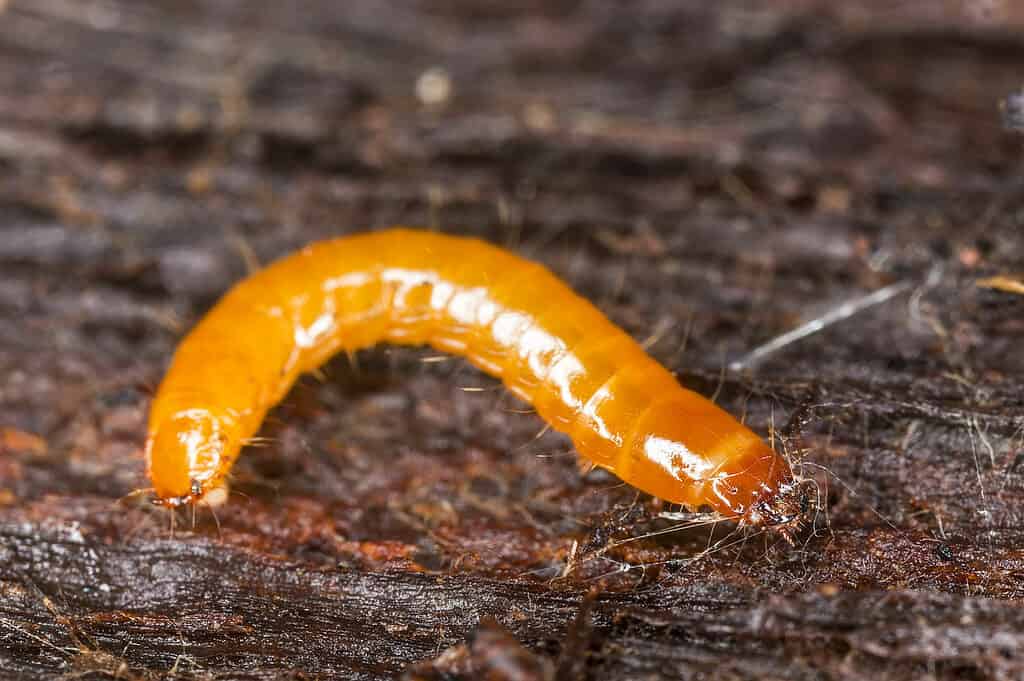
Click beetle larvae have elongated, slender, shiny bodies with hard exoskeletons.
©Henrik Larsson/Shutterstock.com
Insects are classified as invertebrates, which means they have no internal spinal column to provide structure and protection. Instead, they have what is known as an exoskeleton, which literally means “outer skeleton.” These external skeletons are made from a tough, inflexible material called chitin, and they provide the support and protection that would typically come from an internal skeleton.
4. Insects hatch from eggs.
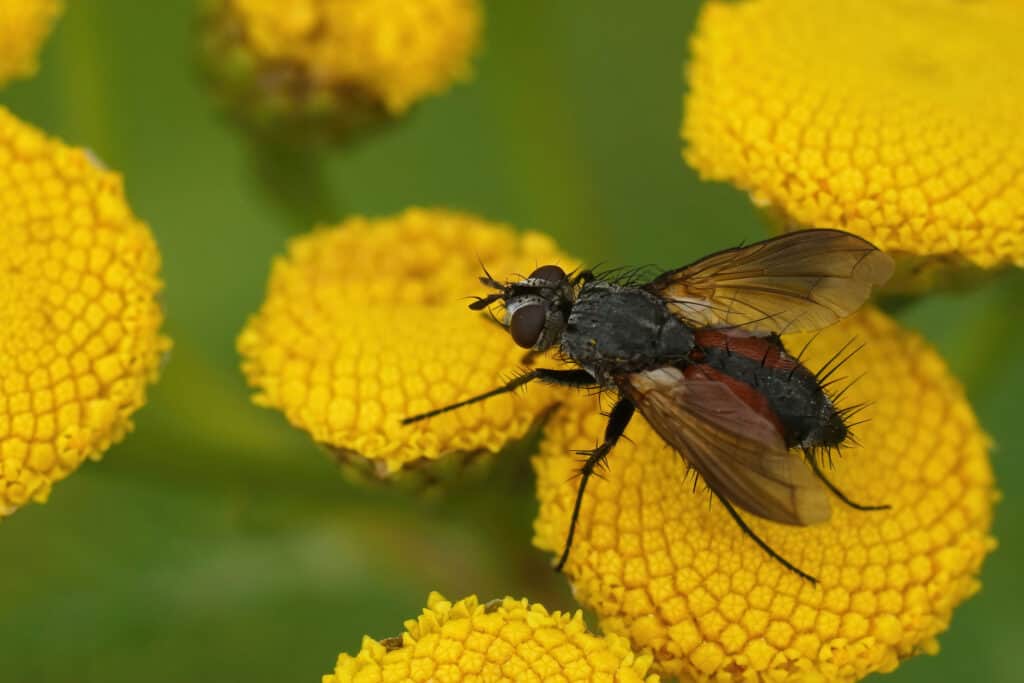
Parasitic flies are known for their unique ability to lay eggs on other insects.
©iStock.com/Wirestock
Almost every known species of insect hatches from an egg. For insects, fertilization and development occur inside the egg, and the eggs of most species are specially designed to withstand harsh weather conditions such as droughts.
What Do Insects Eat?
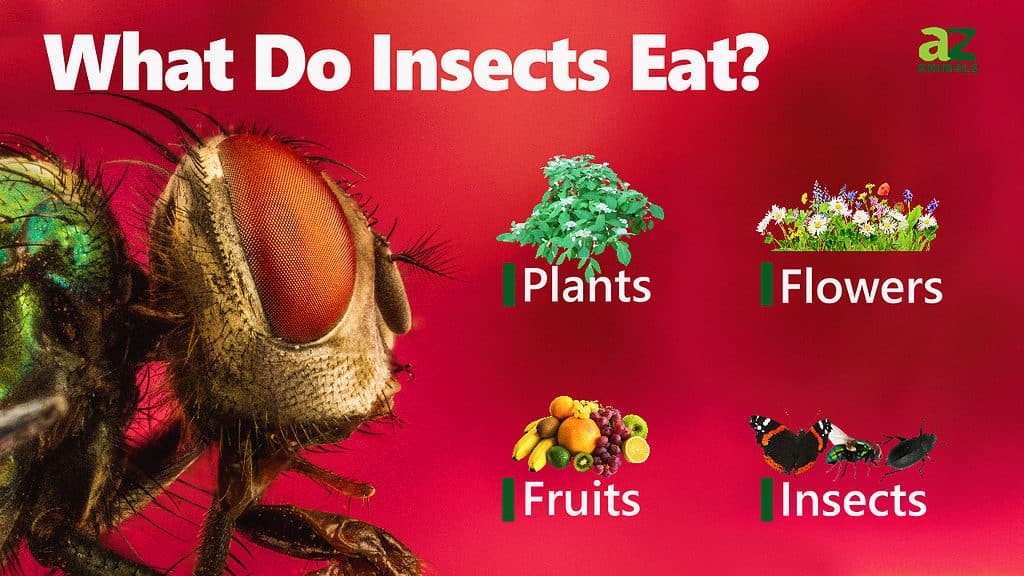
Many insects eat grass and leaves. Some other insects eat decaying food such as garbage or carcasses. Furthermore, there are other insects that only drink liquids such as butterflies, mosquitos, and bees. Many insects are attracted to sweet things such as honey, nectar, or sap.
Evolution and Origins
Class Exceptions
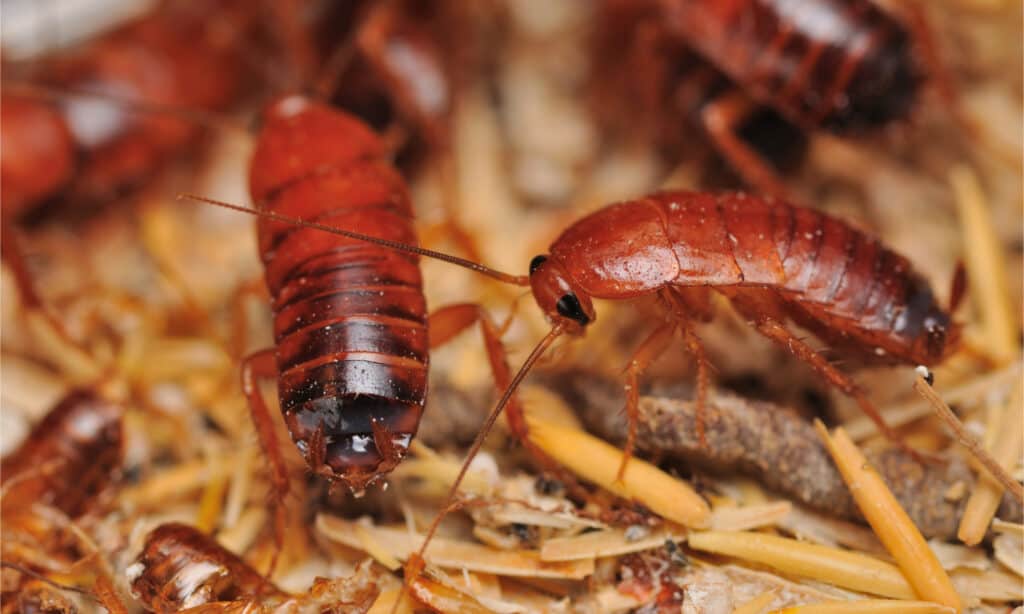
Cockroaches are ovoviviparous, which means that the eggs develop inside of the mother and hatch as soon as they are laid.
©D. Kucharski K. Kucharska/Shutterstock.com
As with most classification systems, there are a few exceptions to the general rules that govern which species are included in the class Insecta.
- Certain species do not lay eggs.
The majority of insects lay eggs that develop and hatch outside of the mother. However, there are a handful of insect species that reproduce via different methods, such as those listed below.- Juvenile aphids, tsetse flies, and certain cockroaches are ovoviviparous, which means that the eggs develop inside of the mother and hatch as soon as they are laid.
- Other cockroach species are viviparous, so the young gestate inside of the mother and are born alive.
- Some insect species display polyembryony, which means that one fertilized egg divides into many separate embryos.
- A few species are bioluminescent.
A small number of insects, such as fireflies, are able to generate light that can be used for mating or luring prey. - A select few insects are long-lived.
In general, insects live short lives. While most insects may only live a few days or weeks, the egg-laying queens of some ant, bee, and wasp species can live for many decades.
The Life Cycle of Insects
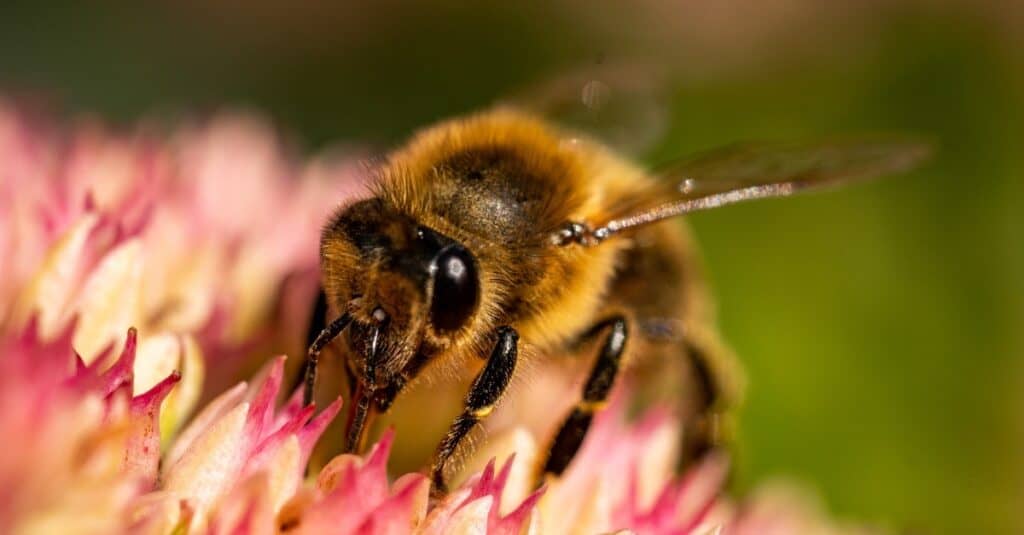
The life cycles of insects are divided into two basic groups: complete and incomplete metamorphosis.
©iStock.com/Niklas Toelle
The life cycles of insects are divided into two basic groups: complete and incomplete metamorphosis. Each life cycle has its advantages and disadvantages in terms of evolution.
Complete the Metamorphosis Steps Listed
Complete metamorphosis happens in four distinct stages.
- Egg: The female lays fertilized eggs that hatch after a given span of time.
- Larva: This is the growth phase. Larvae spend nearly all of their time eating in order to prepare for their final transformation.
- Pupa: The pupa is in the transformation phase. The insect is contained within a hard shell called a chrysalis, and all of the internal organs are broken down into a kind of “soup.” This liquefaction allows the adult body to form.
- Adult: Once the reorganization of the pupa stage is complete, the chrysalis will split open and the fully formed adult emerges.
Incomplete Metamorphosis Steps Listed
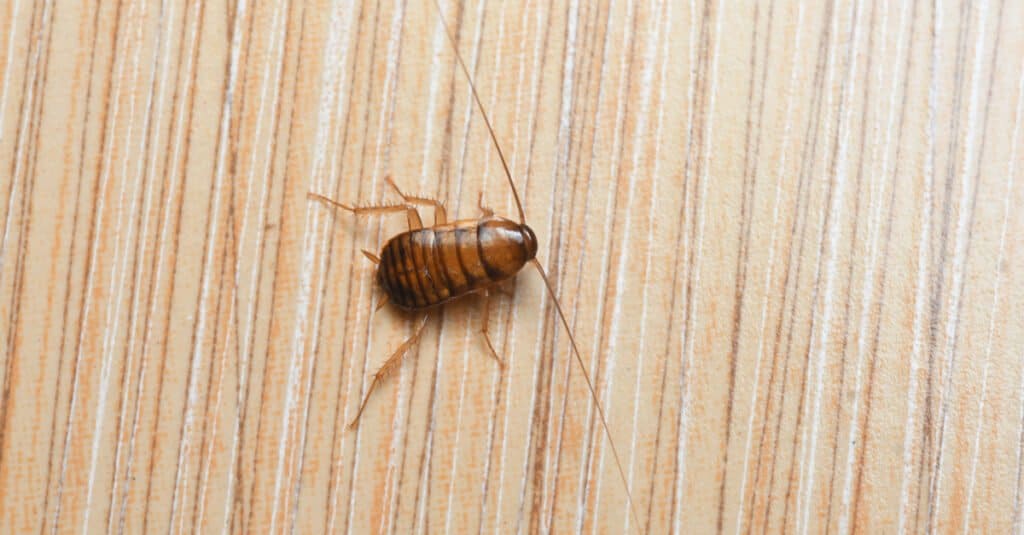
As with insects that undergo complete metamorphosis, eggs are laid by the female and hatch into young known as nymphs.
©bamgraphy/Shutterstock.com
Incomplete metamorphosis occurs in lesser-developed insects and happens in only three stages.
- Egg: As with insects that undergo complete metamorphosis, eggs are laid by the female and hatch into young.
- Nymph: In this stage, the young look like miniature versions of adults, but they cannot reproduce. Wings develop during this stage rather than the pupal stage. Nymphs will undergo a series of molts in order to shed their inflexible exoskeletons as they grow.
- Adult: After a nymph’s final molt, it will have fully developed wings and the ability to reproduce.
Insect List
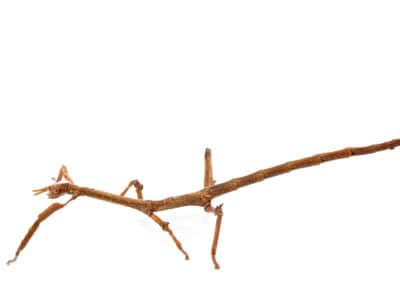
Achrioptera Manga
Unlike other species of stick insects, the Achrioptera manga's mating season is year-round and mating occurs regularly.
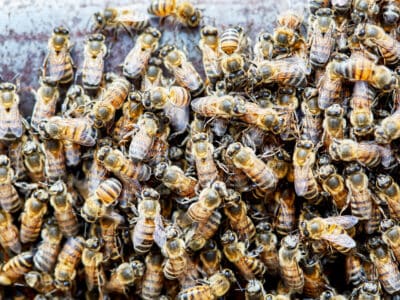
Africanized bee (killer bee)
Will chase intruders up to a quarter mile from their hives
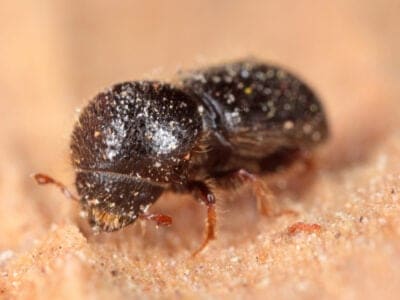
Ambrosia Beetle
The ambrosia beetle forms a symbiotic relationship with the ambrosia fungi
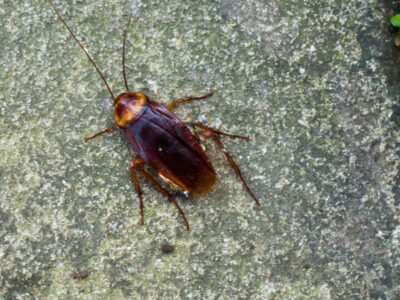
American Cockroach
Despite its name, actually originated from Africa and the Middle East

American Dog Tick
Main vector of Rocky Mountain spotted fever

Ant
First evolved 100 million years ago!
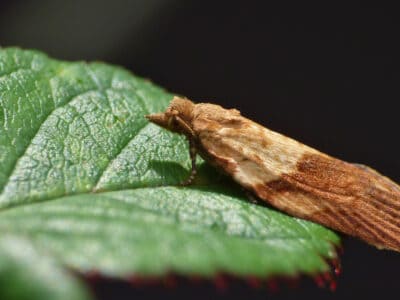
Apple Moth
In Australia the LBAM causes $21.1 million annually in lost production and control costs

Armyworm
They are so named because they "march" in armies of worms from one crop to another in search of food

Asian Cockroach
Originally discovered in Japan
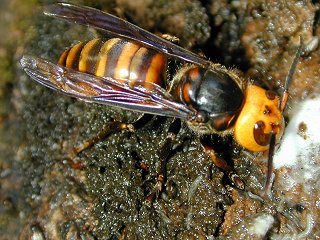
Asian Giant Hornet
The largest wasp in the world!

Asian Longhorn Beetle
Their entire life cycle from larvae to beetle usually takes around 2 years in Asia. However, it may take longer in areas where they are an invasive species, like the UK and USA

Assassin Bug
The assassin bug is named for its quick strike ability.
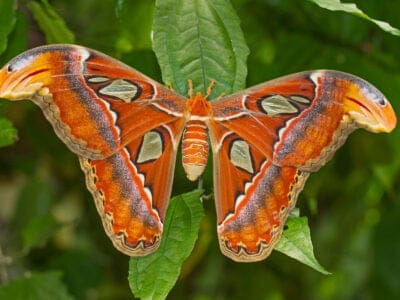
Atlas Moth
Adult atlas moths do not eat - they live off fat they stored as larvae.
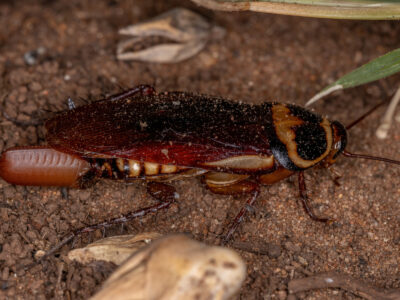
Australian Cockroach
The most common type outdoor roach in Florida
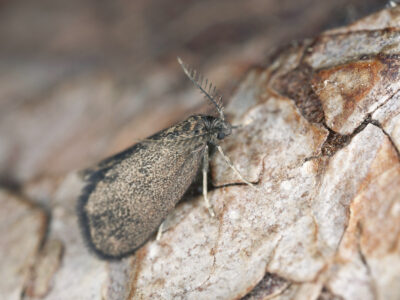
Bagworm Moth
There are approximately 1350 species in the bagworm moth family (Psychidae), which forms part of the order Lepidoptera.
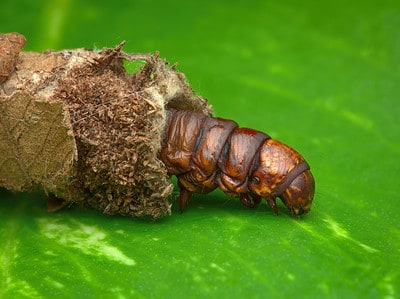
Bagworm Moth Caterpillar
They continually enlarge their protective cases
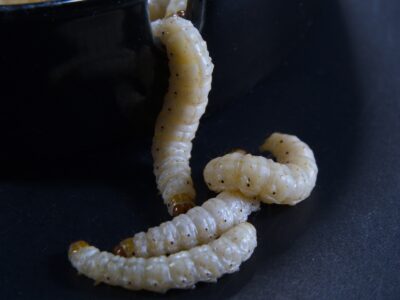
Bamboo Worms
Bamboo worms are the larvae of moths that are eaten as a delicious snack in some parts of Asia.

Banana Spider
People spin clothing and fishing nets out of these spiders’ silk.

Bed Bugs
Bed bugs feed for 4-12 minutes.

Bee
Rock paintings of bees date back 15,000 years

Beetle
There are more than 350,000 different species

Beewolf wasp
They hunt bees
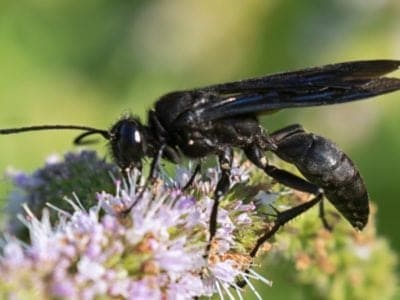
Black Wasp
The great black wasp is a species of digger wasp.

Black Widow Spider
They typically prey on insects!

Black Witch Moth
Some folklore associate Black Witch Moths with bad luck (and even death!), while other associates them with good fortune.
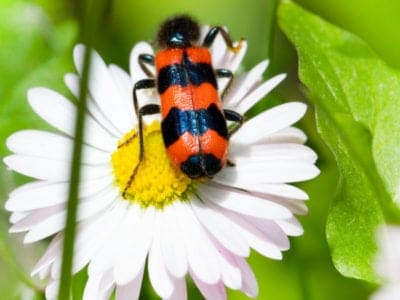
Blister Beetle
Blister Beetles are attracted to lights at night.
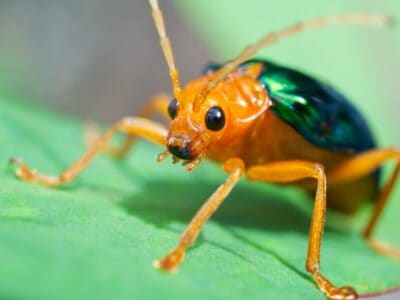
Bombardier Beetle
Spray a noxious solution from their abdomens

Brazilian Treehopper
“Mild-Mannered Minimonsters”

Brown Dog Tick
Can live its entire life indoors
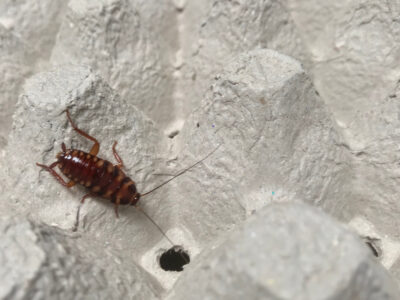
Brown-banded Cockroach
Females glue egg cases to furniture

Bumblebee
The most common species of bee!

Butterfly
There are thought to be up 17,500 species!
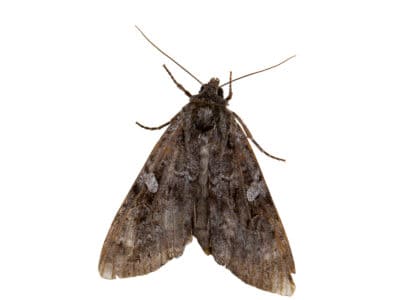
Cabbage Moth
Cabbage moths are named after the vegetable they find the tastiest.

Cactus Moth
Cactus moths can cause serious damage to cacti in locations where they have no predators.

Camel Cricket
The camel crickets that are found in the USA are light brown in color. They also have dark streaks all over their body.
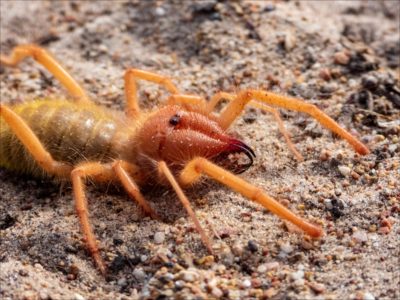
Camel Spider
Fast, carnivorous arachnid with a painful bite.

Carpenter Ant
Carpenter ants can lift up to seven times their own weight with their teeth!

Carrion Beetle
Carrion beetles' diets depend on the specie. Some eat decaying carcasses, while others scavenge in decaying plant matter and dung.

Caterpillar
The larvae of a moth or butterfly!
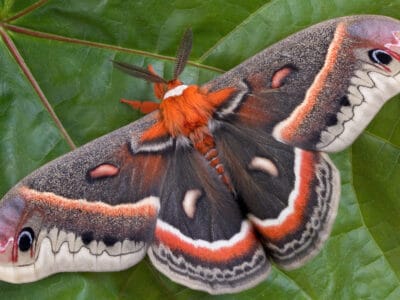
Cecropia Moth
Cecropia moths don’t have digestive tracts, so they can’t eat.
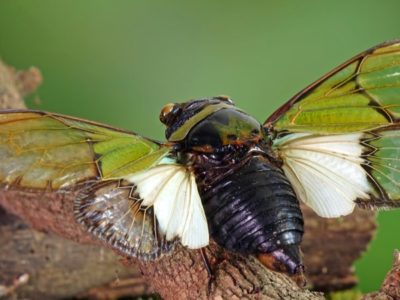
Cicada
Cicadas have one of the longest insect lifespans
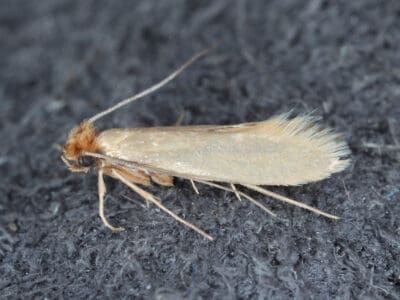
Clothes Moth
Clothes Moths can remain in the larvae stage for up to 2 years, but adults only live 10 days.

Cockroach
Dated to be around 300 million years old!

Codling Moth
Pupae are able to undergo diapause to survive poor fruit yield years and winter.

Comet Moth
Adult comet moths do not feed at all till they die less than 12 days later.

Common Furniture Beetle
The common furniture beetle feeds exclusively on wood

Common House Spider
House spiders have the ability to eat most insects in a home.

Corn Earworm
The corn earworm is capable of devouring an entire crop in just a few days

Cricket
Male crickets can produce sounds by rubbing their wings together
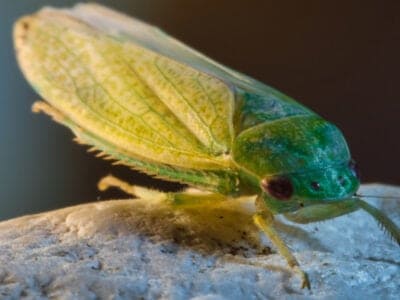
Cuban Cockroach
Believed to have been introduced to the United States by being shipped with green bananas.
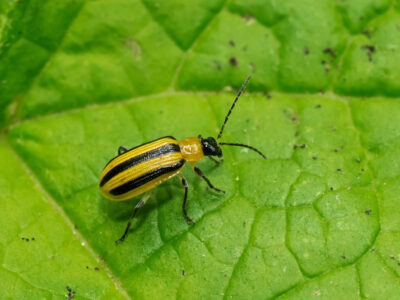
Cucumber Beetle
Adults cucumber beetles cause the most damage to cucurbit plants.

Death’s Head Cockroach
People buy Death's Head Cockroach nymphs and raise them as pets!
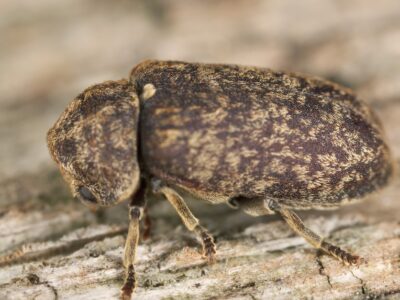
Deathwatch Beetle
The adult deathwatch beetle taps on the wood to find a mate.
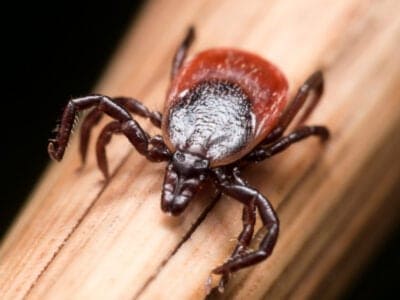
Deer Tick
Commonly found on white-tailed deer
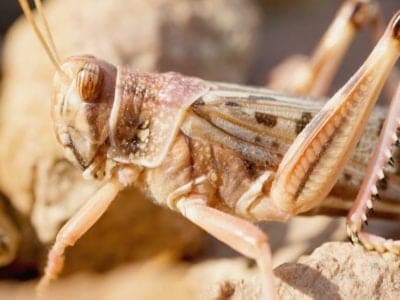
Desert Locust
Solitary locusts are grey while gregarious locusts are yellow with stripes.
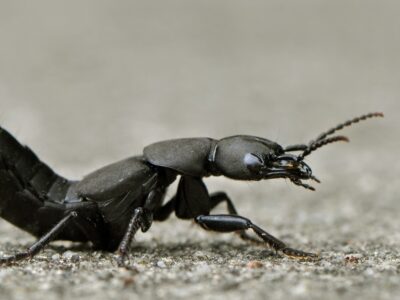
Devil’s Coach Horse Beetle
The Devil’s coach horse beetle can emit a noxious substance to deter predators

Diamondback Moth
Adult males make high amplitude boing noise to attract females

Dog Tick
Dog ticks feed on dogs and other mammals

Dragonfly
It's larvae are carnivorous!

Dried Fruit Moth
In the event of adverse environmental conditions, dried fruit moth larvae will become dormant and stop developing.
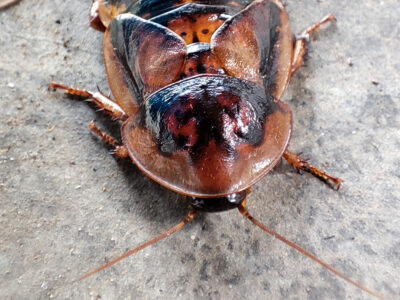
Dubia Cockroach
The most popular species of feeder roach

Dung Beetle
The dung beetle can push objects many times its own weight

Earwig
There are nearly 2,000 different species!
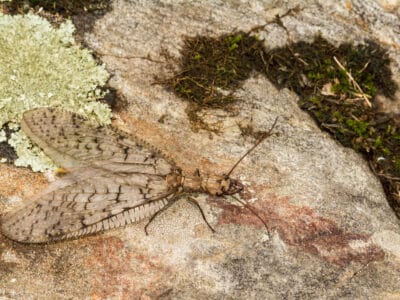
Eastern Dobsonfly
They are quite vicious and, when provoked, will administer a painful bite that stings for a long time.
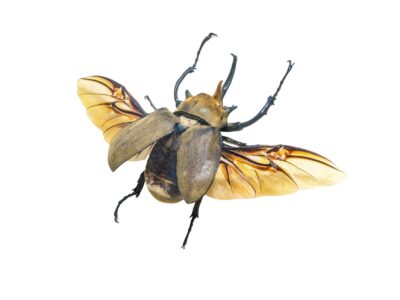
Elephant Beetle
The males have multiple horns at the front of their bodies.
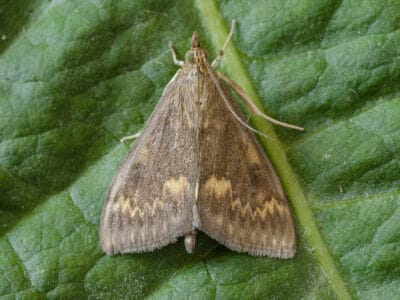
European Corn Borer
Female can lay up to 600 eggs in her 14-day lifespan

Firefly
The firefly produces some of the most efficient light in the world

Flea
Adult fleas can jump up to 7 inches in the air
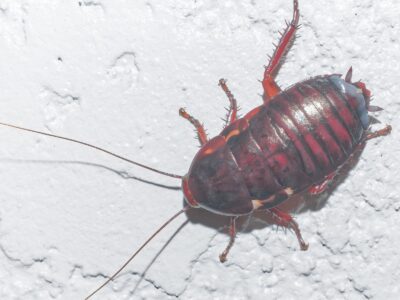
Florida Woods Cockroach
Often found on palmetto trees

Fly
There are more than 240,000 different species!
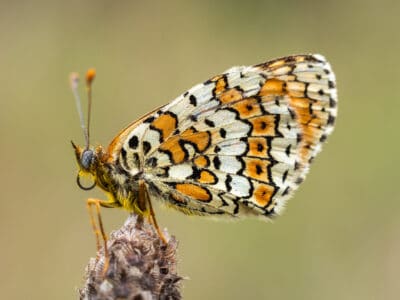
Fritillary Butterfly
Some emit noxious defense chemicals

Fruit Fly
Fruit flies are among the most common research animals in the world
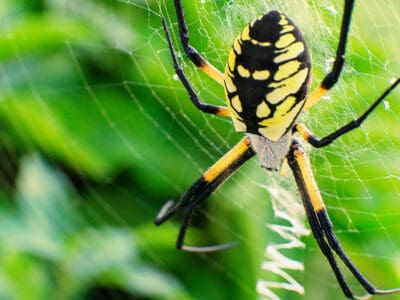
Garden Spider
Garden spiders bounce in their webs to confuse predators
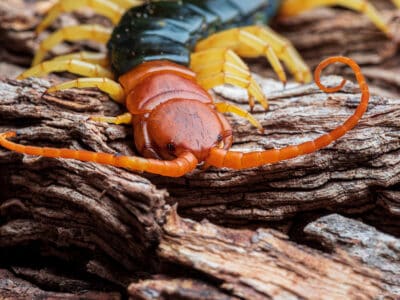
Giant Desert Centipede
They are the largest centipede in North America
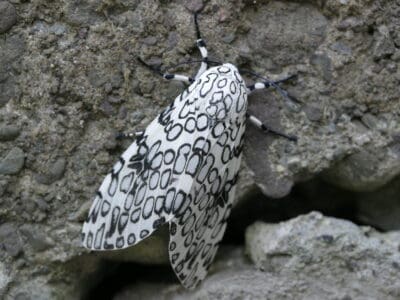
Giant Leopard Moth
When giant leopard moths mate, their mating sessions last over 24 hours.

Giant Weta
They've been around for 190,000,000 years!

Giant Wood Moth
The giant wood moth is the heaviest known moth in the world.

Glowworm
Found inhabiting dense woodland and caves!

Gnat
Males form large mating swarms at dusk

Grasshopper
There are 11,000 known species!

Green June Beetle
• Green June beetles will appear to mate in early summer, typically in May or June. This is why they are also known as May beetles. Therefore, it is very uncommon to see these beetles any other time.

Gypsy Moth
One of the most invasive species in the world
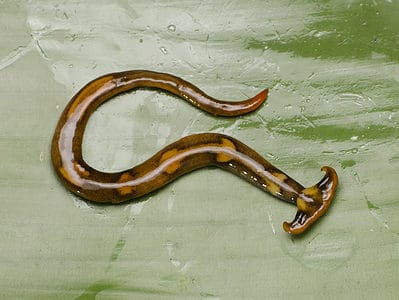
Hammerhead Worm
They are sensitive to light and prefer cool, dark, moist areas.

Hawk Moth Caterpillar
Many hawk moth caterpillars eat toxins from plants, but don’t sequester them the way milkweed butterflies do. Most toxins are excreted.

Hercules Beetle
This dynastine scarab beetle makes a weird huffing sound when it’s disturbed.
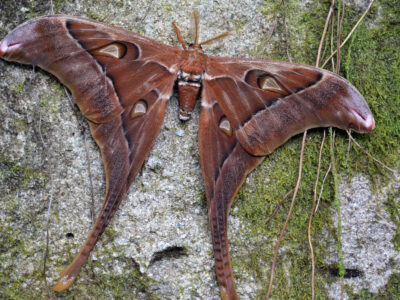
Hercules Moth
Adult Hercules moths don’t eat since they don’t have mouths.

Honey Bee
There are only 8 recognized species!
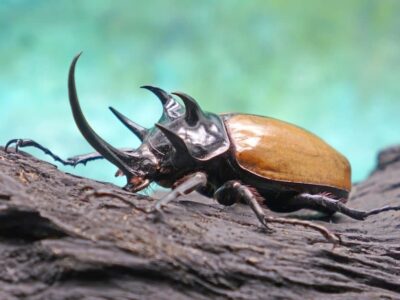
Horned Beetle
These beetles are herbivores but have an intimidating appearance because of the horn-like projection on their heads. However, they are entirely harmless to humans, as they don't sting or bite.

Horsefly
Horseflies have been seen performing Immelmann turns, much like fighter jets.

Housefly
The fly has no teeth

Imperial Moth
Since the imperial moth doesn’t eat, it does die shortly after it lays its eggs. Its lifespan is only about one week.

Inchworm
Inchworms have no legs in the midsection of their body.

Indianmeal Moth
Indianmeal moths are not from India

Insect
Insects go back over 350 million years, making the creatures older than man, flowering plants and dinosaurs.

Insects
There are an estimated 30 million species!
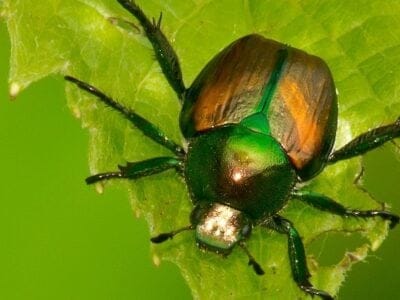
Japanese Beetle
Can clear an entire fruit tree in 15 minutes in a swarm

Joro Spider
Shares its name with a Japanese "spider demon"!

Kamehameha Butterfly
State insect of Hawaii
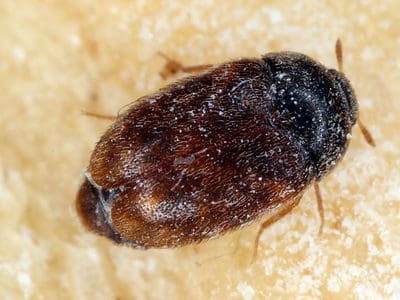
Khapra Beetle
Khapra beetles are among the most invasive insect species in the world.

Kissing Bugs
Kissing bugs derive their name from the location they prefer to bite, which is usually close to the lips of the host

Lace Bug
May bite when threatened

Ladybug
There are more than 5,000 species worldwide!
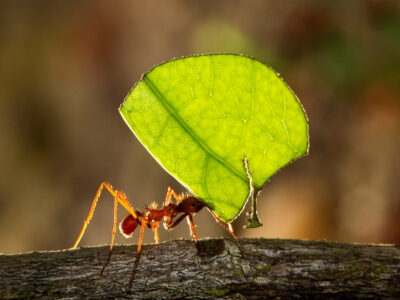
Leafcutter Ant
Leafcutter ants have been farming fungus under the forest floor for up to 50 million years!

Leichhardt’s Grasshopper
Spend their lives

Locust
Each locust can eat its weight in plants each day.
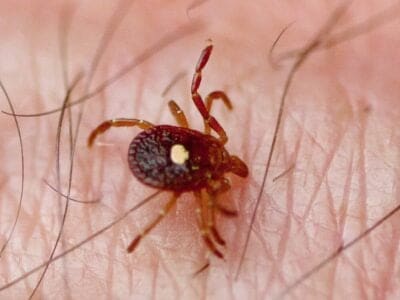
Lone Star Tick
Only females have the ‘lone star’ marking
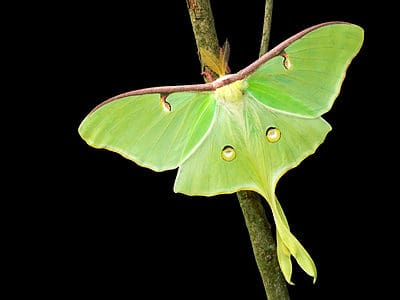
Luna Moth
N/A
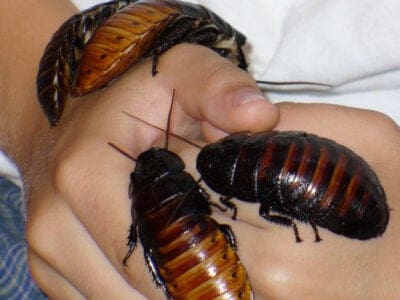
Madagascar Hissing Cockroach
One of the largest types of cockroach
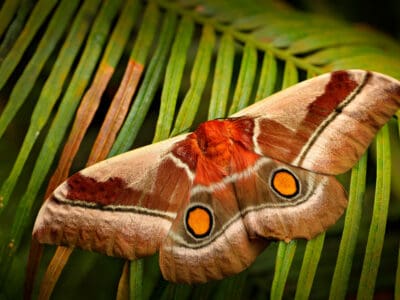
Madora Moth
Mopane worms (larva) only live for 3 - 4 days after evolving into an adult (madora), during which they mate and lay eggss

Maggot
Will only live in wet areas

Mayfly
There are 2,500 known species worldwide!

Mealworm Beetle
In 1968, the mealworm beetle traveled to space and circled the moon on the Soviet mission Zond 5.

Mealybug
They have a symbiotic relationship with ants.
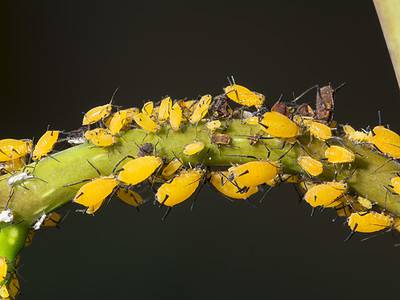
Milkweed aphids
Can reproduce asexually

Mole Cricket
Adult Mole crickets may fly as far as 5 miles during mating season and are active most of the year.
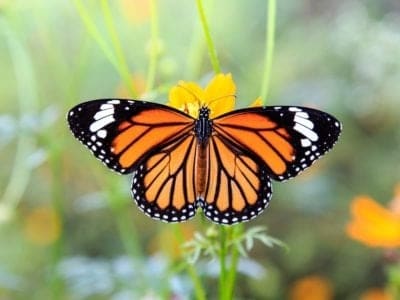
Monarch Butterfly
During migration, Monarch Butterflies may travel 250 or more miles each day.

Morpho Butterfly
Collectors prize them for their bright wings

Mosquito
Only the female mosquito actually sucks blood

Moth
There are 250,000 different species!

No See Ums
There are more than 5,000 species.
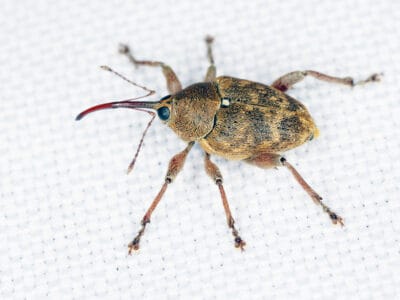
Nut Weevil
Bore holes in tree nuts and lay their eggs inside

Oleander Hawk Moth
Oleander hawk moth caterpillars feed on the foliage of oleander, an extremely toxic plant to which they are immune.

Oriental Cockroach
Unlike other cockroach species that live indoors living off humans, oriental cockroaches are outdoor scavengers.
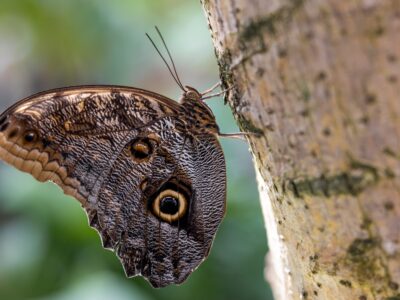
Owl Butterfly
Owl butterflies derive their name from big spots on each hindwing that resemble owl eyes
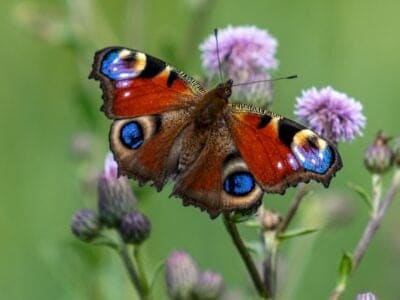
Peacock Butterfly
The eyespots on this butterfly’s wings deter predators from attacking.
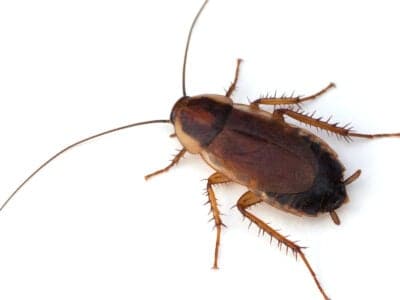
Pennsylvania Wood Cockroach
Seeks out sources of light
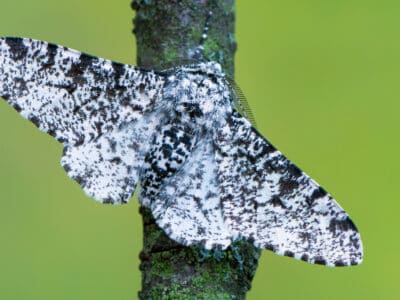
Peppered Moth
Teachers in schools often use the evolution of the peppered moth as a good example of Darwin’s theory of natural selection.

Pine Beetle
Female pine beetles can lay up to 75 eggs at once, and the males will stay with their mates for up to 3 weeks after fertilizing the eggs
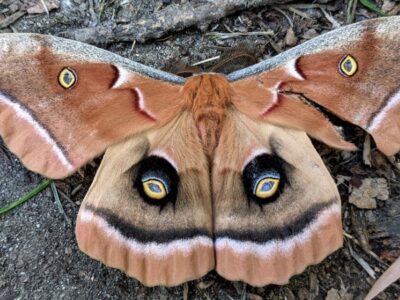
Polyphemus Moth
The Polyphemus moth doesn’t and can't eat, except when it's a caterpillar!

Pond Skater
There are 500 different species!
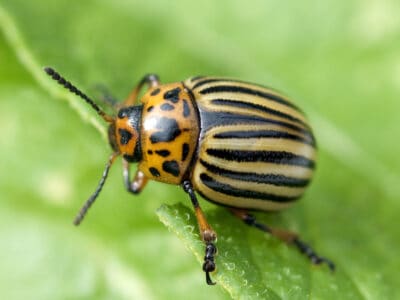
Potato Beetle
These beetles have a polygynandrous mating system where they choose multiple mates once breeding season starts.

Powderpost Beetle
Powderpost beetles prefer living in moist tree limbs, dead wood, and branches. They get into homes through infested joists, paneling, rafters, flooring, and finished wood products.

Praying Mantis
The mantis can turn its head 180 degrees.

Purple Emperor Butterfly
Inhabits deciduous forests!
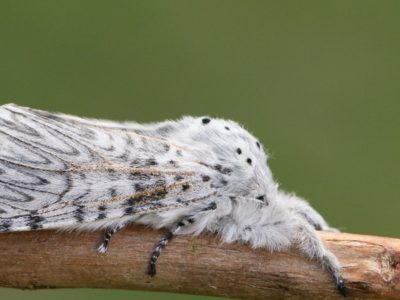
Puss Moth
Caterpillars squirt formic acid!
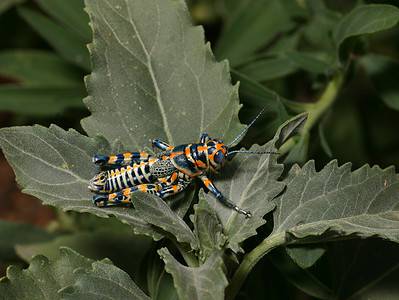
Rainbow Grasshopper (Dactylotum bicolor)
They have strikingly bright colors
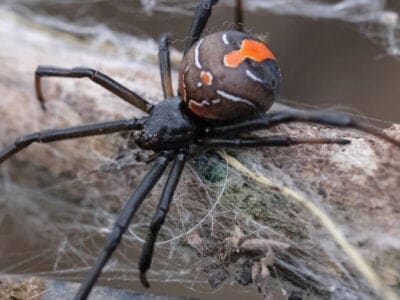
Redback Spider
The redback spiders found in New Caledonia differ from other populations in that they don’t practice sexual cannibalism and don’t bite people as much.
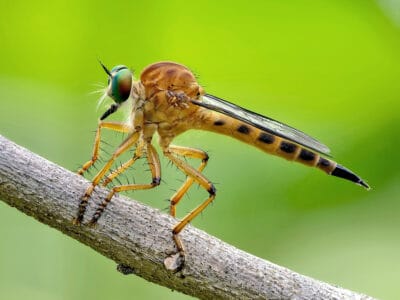
Robber Flies
The female pretend they are dead if they do not find the male worthy of mating.
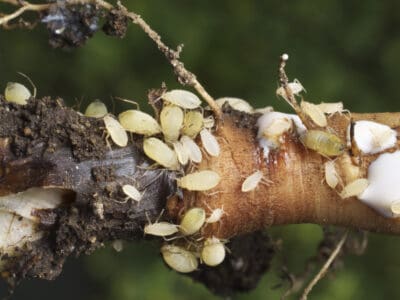
Root Aphids
Nymphs take 9 to 10 days on average to mature, with a complete lifespan of an estimated 30 days.
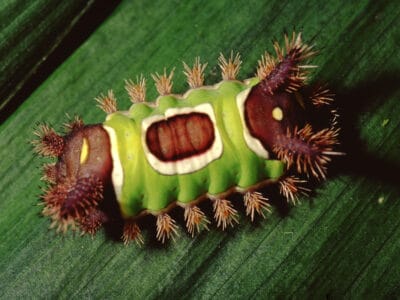
Saddleback Caterpillar
Saddleback caterpillars are solitary in nature, unlike many of their cousins that live in pairs or groups. They only intermingle when it's time to mate and lay eggs.
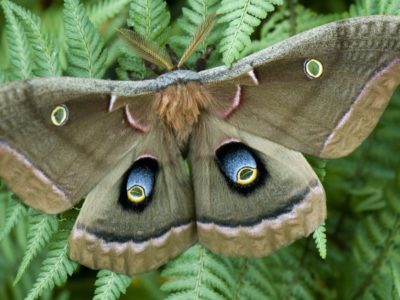
Saturniidae Moth
Some of the largest moths in the world

Scarab Beetle
The ancient Egyptians worshipped scarabs.

Scorpion
There are around 2,000 known species!

Snowberry Clearwing Moth
They are pollinators, just like bees.

Spider Wasp
They prey on spiders to feed their larvae or they parasitize other spider wasps.

Spongy Moth
In March of 2022, the Entomological Society of America changed the name of this insect from the European gypsy moth to the spongy moth out of respect for the Romani community, which considers the word "gypsy" to be offensive.
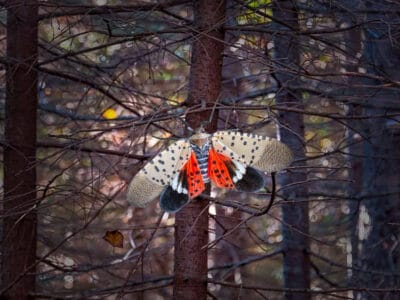
Spotted Lanternfly
The spotted lanternfly is often confused for a moth, but it’s actually a type of planthopper
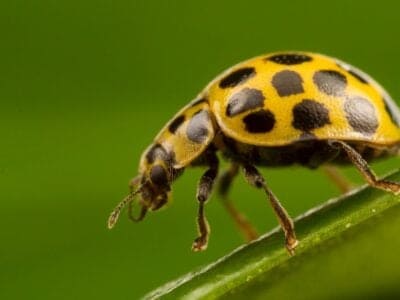
Squash Beetle
Often mistaken for a ladybug
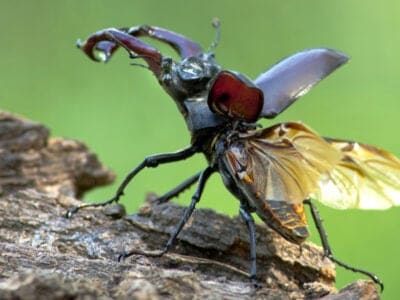
Stag Beetle
The stag beetle consumes rotting and decaying wood when it is in the larva stage.

Stick Insect
There are more than 3,000 different species!
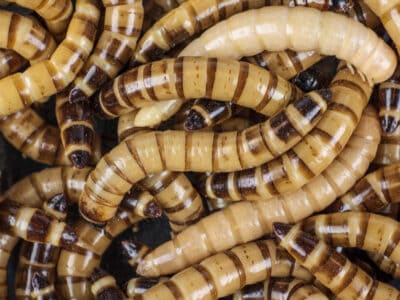
Superworm
These larvae are native to Central and South America but now occur on every continent except Antarctica

Tarantula Hawk
Tarantula hawks are excellent pollinators, especially for milkweed.

Ten-Lined June Beetle
These beetles can take up to two years to complete one generation. In fact, larvae can develop in soil for up to 4 years!

Termite
Their mounds can be up to 9 meters tall!

Tiger Beetle
The adult tiger beetle is one of the fastest land insects in the world
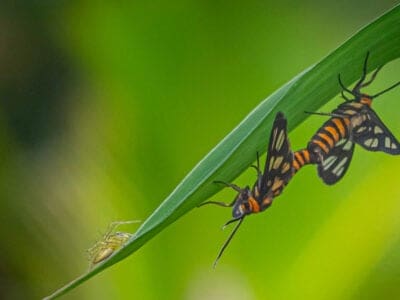
Tiger Moth
The bright colors of this moth are a signal to predators that it has a terrible taste.
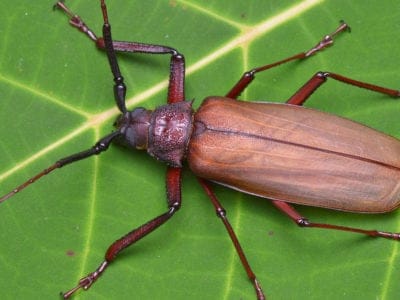
Titan Beetle
Their jaws can bite through a wooden pencil.

Tomato Hornworm
The tomato hornworm is a ferocious pest that can eat all parts of a plant, including the fruits.

Tree Cricket
They make music with their wings

Treehopper
The colors, shapes, and intricacies of treehoppers’ helmets makes them unique and visually stunning.
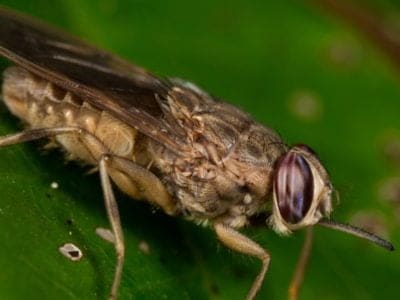
Tsetse Fly
Tsetse flies are large biting flies that live in the tropical regions of Africa.
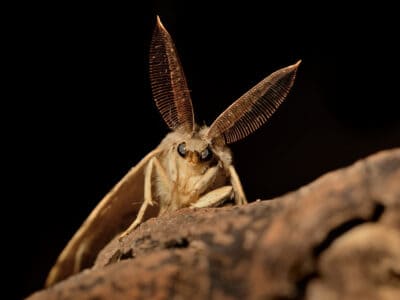
Tussock Moth
N/A
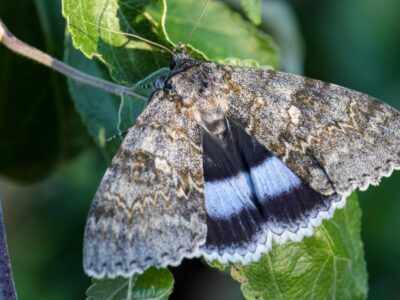
Underwing Moth
Their colorful rear wing makes predators think that they are poisonous, however they are not it is a deceptive feature.

Wasp
There are around 75,000 recognised species!

Wax Moth
The Wax Moth larvae are more dangerous than the adult.

White Butterfly
This butterfly determines the smell and taste of a flower with its feet.
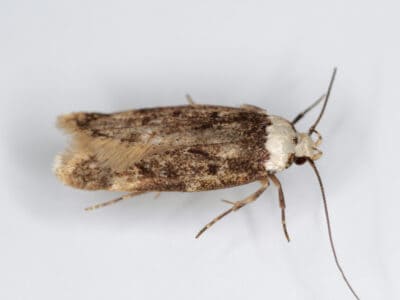
White-shouldered House Moth
The larva is the pest because a fully-grown white-shouldered house moth cannot feed; it can only absorb liquid
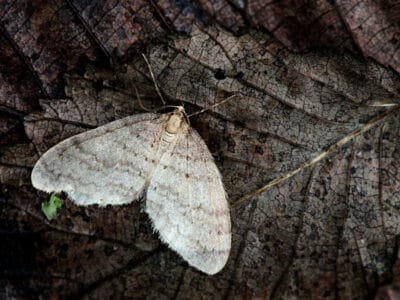
Winter Moth
Only the males fly and the females walk.

Wolf Spider
Carnivorous arachnid that hunts its prey.
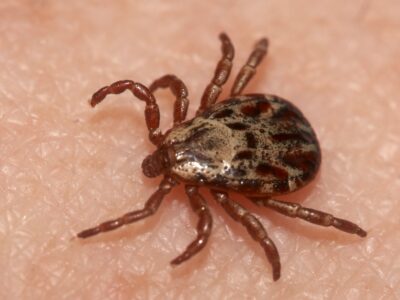
Wood Tick
Almost always found above 4,000 feet in elevation
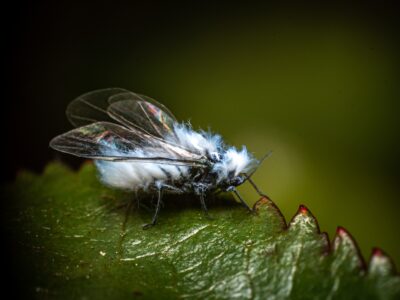
Woolly Aphids
Another name for these fuzzy insects is "boogie-woogie aphids" because of their habit of lifting their posteriors and pulsing them in synchronized motions when threatened.
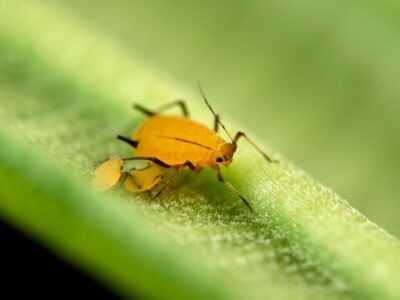
Yellow Aphids
These aphids are primarily wingless; however, once the infestation on their host gets too crowded, they develop wings, allowing them to fly to a new host plant.

Yellowjacket (Yellow Jacket)
Yellowjacket stings account for the majority of deaths from wasp stings
Insects FAQs (Frequently Asked Questions)
What are the general features of insects?
Insects are all members of the group Arthropoda, which makes them arthropods. It is not uncommon to see this group mislabeled as “anthropods,” but the correct spelling is “arthropod.”
In general, insects share all of the following common features:
- An exoskeleton
- A pair of wings
- A segmented body
- Six segmented legs
- One pair of compound eyes
- One pair of antennae
What is an insect?
An insect is an arthropod that has distinctive characteristics such as three body segments, six jointed legs, one pair of antennae, one pair of compound eyes and an exoskeleton.
How many legs does an insect have?
All true members of class Insecta have three pairs of jointed legs.
What is the life cycle of an insect?
Depending on the species, insects experience either complete or incomplete metamorphosis. The stages of complete metamorphosis are egg, larva, pupa and adult. The stages of incomplete metamorphosis are egg, nymph and adult. Insects generally have short life cycles that may last a few days or a few weeks.
Are spiders insects?
Spiders are not a part of the class Insecta, but they are part of the larger group of arthropods. Some people incorrectly label this group as “anthropods,” but this is not quite right. Because they have four pairs of legs instead of three and only two distinct body segments, they belong to the class Arachnida.
What are the largest flying insects in the world?
The largest flying insects in the world are often beetles like the titan and goliath beetles. When it comes to wingspan, contenders include the white witch and Atlas moths. Other surprisingly large flying insects include tarantula hawks and giant water bugs.
What are the key differences between beetles and bugs?
The greatest differences between beetles and bugs can be found in their phylogenetic families as well as their metamorphoses. Specifically, beetles are from the Coleoptera order of the Insecta class, but bugs are from the Hemiptera order of the Insecta class.
Thank you for reading! Have some feedback for us? Contact the AZ Animals editorial team.



